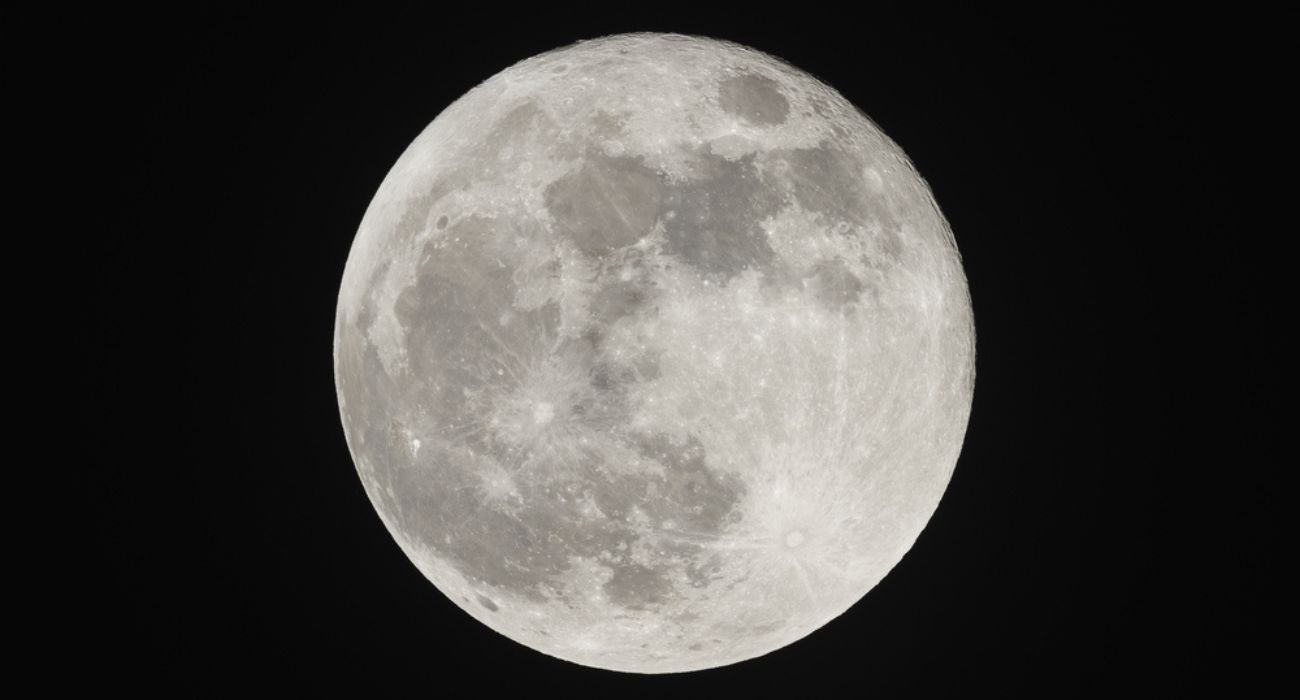Scientists have reportedly made new discoveries about our closest celestial neighbor.
A recent study suggests that the moon might be millions of years older than previously thought, according to a new analysis of moon rock samples collected during the 1972 Apollo 17 mission.
The last crewed mission to the Moon, Apollo 17, launched in December 1972 to gather samples of the moon’s crust while searching for volcanic activity, according to The Lunar and Planetary Institute.
Apollo 17’s crew returned to Earth with approximately 741 individual samples from three major rock types: basalts, breccias, and highland crustal rocks. The total weight of the samples was about 243 pounds.
Earlier research conducted on moon samples has indicated that the moon was created about 150 million years after the formation of the solar system. It is most likely that the moon was formed due to a collision between early Earth and a planetary body the size of Mars, as reported by ScienceDaily.
In a new study published in Geochemical Perspectives Letters on October 23, Scientists analyzed zircon crystals inside an igneous rock fragment collected during the Apollo 17 mission.
Based on their analysis, the moon may have formed closer to 4.46 billion years ago, within 110 million years after the solar system’s formation.
This would make the moon about 40 million years older than initially thought.
Cosmochemist Philipp Heck, a professor at the University of Chicago and senior author of the study, said he “loved” that the new study was conducted on a sample retrieved 51 years ago.
“At that time, atom probe tomography wasn’t developed yet and scientists wouldn’t have imagined the types of analyses we do today,” said Heck, according to Reuters.
“It’s amazing being able to have proof that the rock you’re holding is the oldest bit of the moon we’ve found so far,” said Jennika Greer, a research associate at the University of Glasgow in the UK and lead author of the study, according to Space.com. “It’s an anchor point for so many questions about the Earth. When you know how old something is, you can better understand what has happened to it in its history.”
NASA plans to send four astronauts to the moon on its next launch, Artemis II, as early as 2025, as previously reported by The Dallas Express.






